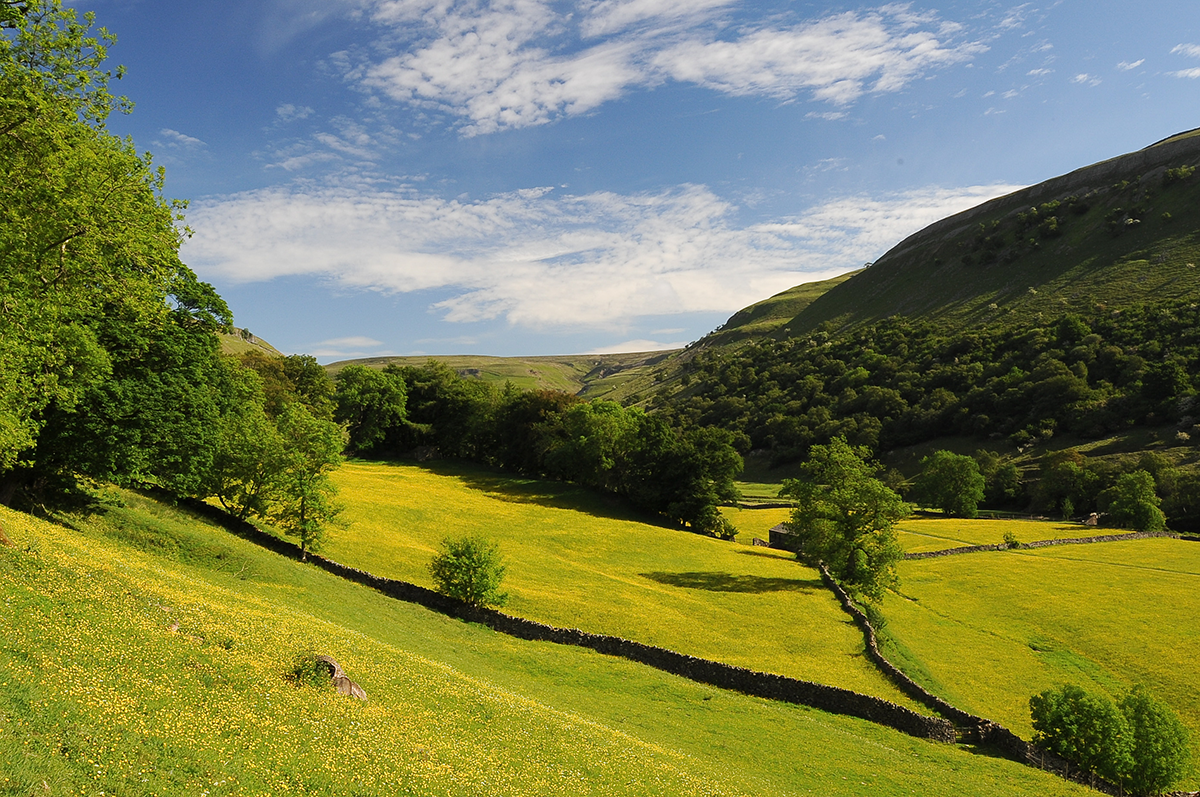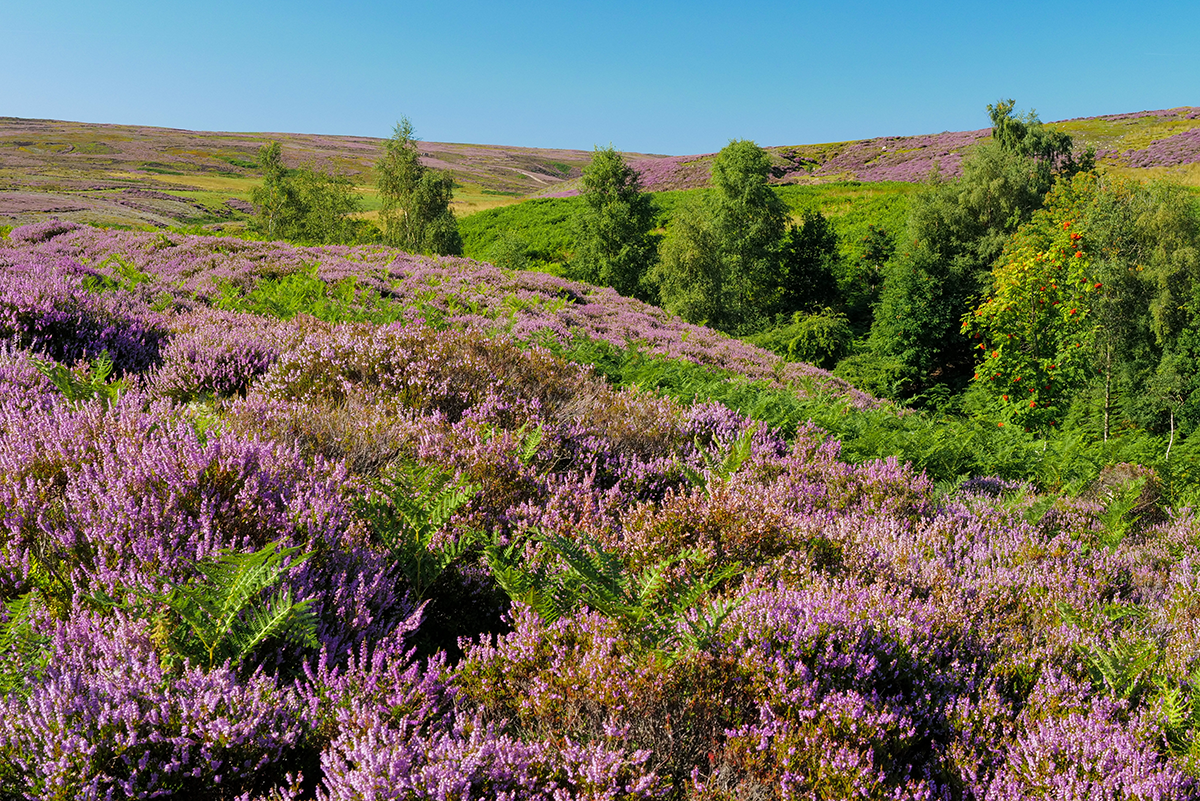Financing nature recovery in the UK and the land sparing vs land sharing paradigm
Delivering the Government’s ambitions in the 25-year Environment Plan for a 500,000ha nature recovery network, above all else, will require access to land and access to finance. The Green Finance Institute (GFI) calculated that the cost of restoring nature in the UK to a level that aims to rebuild ecosystem function will be between £44bn - £97bn over the 10-year period to 2030. Fundamentally, it will need a good understanding of how to integrate nature restoration within the food and farming system.

Given the existential threats posed by climate change and biodiversity loss, it is critical that action is taken now within the farming and development sectors (the major contributors to emissions and biodiversity loss) to substantially reduce their impacts and to restore nature at scale. A debate has been raging about whether we spare land for nature (land sparing) or share land with nature (land sharing) to achieve the all-important nature recovery goals.
Land sparing focusses on intensifying agriculture still further through what has been termed sustainable intensification, where inputs of pesticides, fertilisers, fuel and labour are potentially reduced and increased yields are achieved through advances in technology. In theory less land is used for growing food. Biodiversity is conserved on land removed from food production.
Land sharing adopts agroecological approaches to food production (used interchangeably with the term regenerative agriculture), working with, rather than against, nature. Biodiversity and ecosystem services such as natural pollination of crops, carbon sequestration (soils and habitats), clean air, water retention and quality management, and flood alleviation and management, are supported across the whole farmed landscape.
‘Whichever model is adopted, and it is likely that a combination of these two themes will deliver the optimum outcomes, it is essential that farmers and landowners are engaged by being able to see revenue streams from natural capital. The assets that the land can produce, alongside food production, will be key to how we finance this critical nature recovery’, claims ecologist Professor David Hill CBE.
“The world is facing the dual challenge of sustainably providing enough nutritious food for more than 7 billion people while conserving the natural resource base upon which we are all dependent.
A land sparing approach will rely on agricultural technology development such as robotics, vertical farming, and gene editing. A land sharing approach would be more feasible if we see a change in diet away from eating as much meat as we currently do.
Professor Hill says there is a danger that the immediacy of the economic crisis will curtail us playing the long game whereas ultimately tackling climate change and biodiversity loss has to be addressed otherwise our whole future and existence is threatened. We need to wake up to that. So how should we finance tackling these threats?
“The environmental NGO’s probably spend in the order of £370m per year on biodiversity conservation added to which government provides up to £400m a year through agri-environment payments. The new Environmental Land Management scheme due to come into operation in 2023 will add about £2.4bn a year. There is therefore a shortfall of between £1.6bn and £6.9bn from the GFI calculations of what is needed.
“Whilst we are starting to see the emergence of real action from the UK Government, the much paraded £640m Nature and Climate Fund is still not enough. Of course, the Government is looking to secure around £1bn of investment into nature per year from the private sector by 2030, but there is no doubt that we need far greater ambition if we are to meaningfully reduce the existential impacts from climate change and biodiversity loss that is happening right now.”
While constraints on the public purse look set to continue to be severe, the NGO community will struggle for sufficient access to land to significantly move the dial on biodiversity recovery.
He continued: “The need for developers to comply with the Biodiversity Net Gain mandate embedded in the 2021 Environment Act and adhere to nutrient neutrality compliance from housing schemes via the Habitats Regulations and habitat management, is crucial - if they don’t comply, they don’t develop.
“There are a range of nature-based solutions being promoted and evaluated across the UK. Each asset class or ecosystem service that they comprise, essentially has some form of end user at various geographic scales who is showing interest in buying into projects that save them money.

“There are major opportunities for securing investment into the natural environment in excess of the Government’s ambition through both compliance markets and regulatory pressures and through the weight of the investment sector.
“For nature-recovery success to happen at scale we need a model that integrates with food production whilst delivering a return on investment.”
Land sharing adopts agroecological approaches to food production. Rotating the land use and blending nature and mixed farming, has proved beneficial to farmland biodiversity.
While the proportion of livestock to cropland would differ across different regions of the country, Professor Hill believes the overall approach would maximise food nutrition, diet quality and farming margins whilst substantially reducing the environmental impacts of food production.
“The land sparing model is therefore, in my view, undeliverable if we need to rebuild natural capital and ecosystem resilience,” he explains.
“In effect, we have been deploying the land sparing model for the past 50 years and it has failed – a 60% decline in UK biodiversity is hardly an example of success as a result of nature being pushed to the margins.

“Some form of a land sharing model has to be the way forward. This agroecological approach to farming in the future can provide the nutrition, quantity and quality of food that we require, whilst protecting and enhancing natural capital and rebuilding ecosystem resilience.”
“For nature-recovery to be successful there needs to be better understanding of the factors that challenge landholders in determining their route to income generation.
“The most effective and efficient approach would be a wholesale transition to agroecological farming methods, interposed with habitat creation and management to ensure sufficient space for both farmland and more habitat-specific biodiversity.
“Private investment into private landholdings is likely to be the main funder of nature recovery. To help a market develop, the Government also needs to introduce mandatory nature-related financial disclosure for corporate entities for them to offset their residual impacts via the purchase of nature credits by companies to achieve a nature-positive balance sheet.
“Time really is of the essence now.”
For more information, please download this whitepaper written by Professor David Hill CBE.
